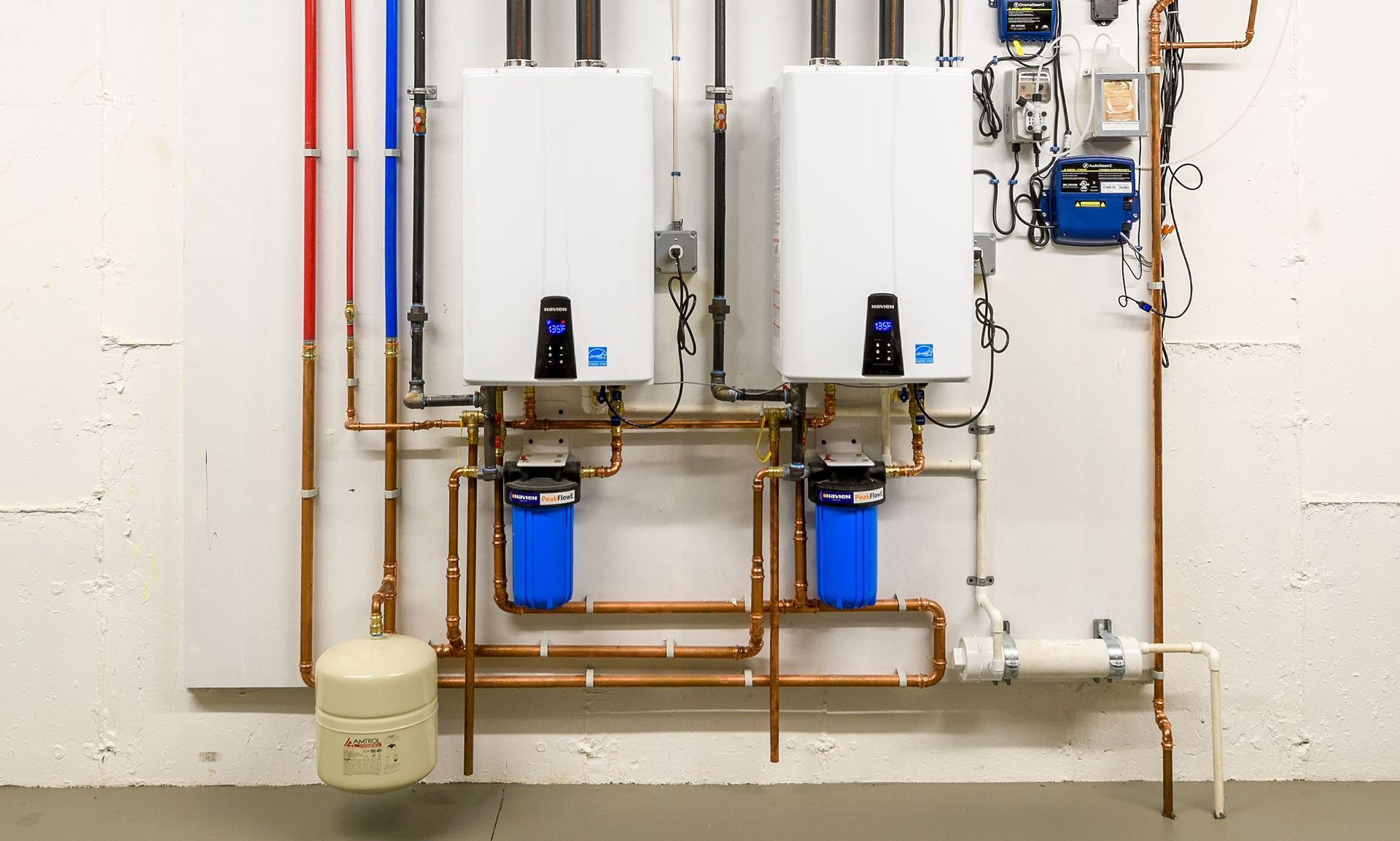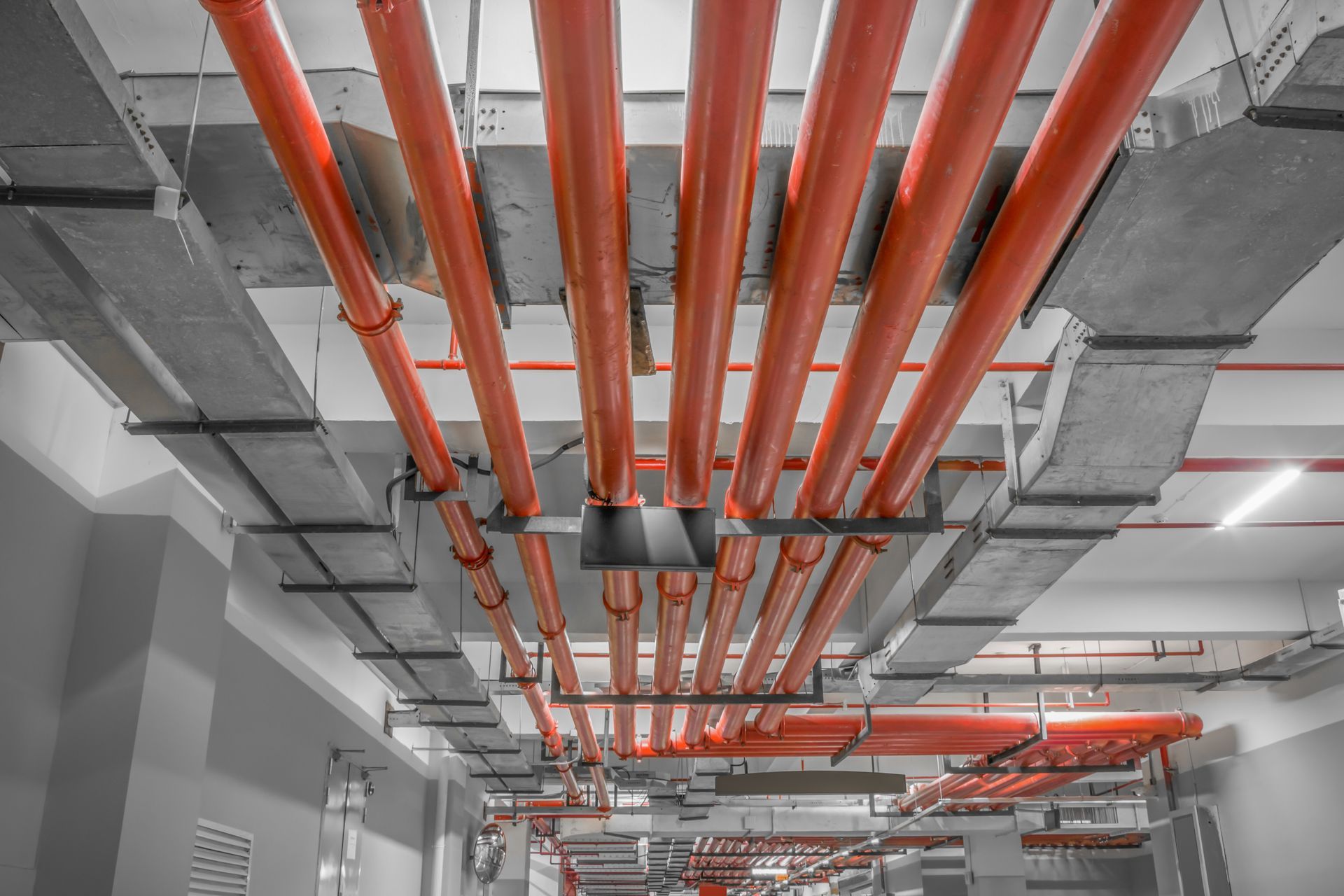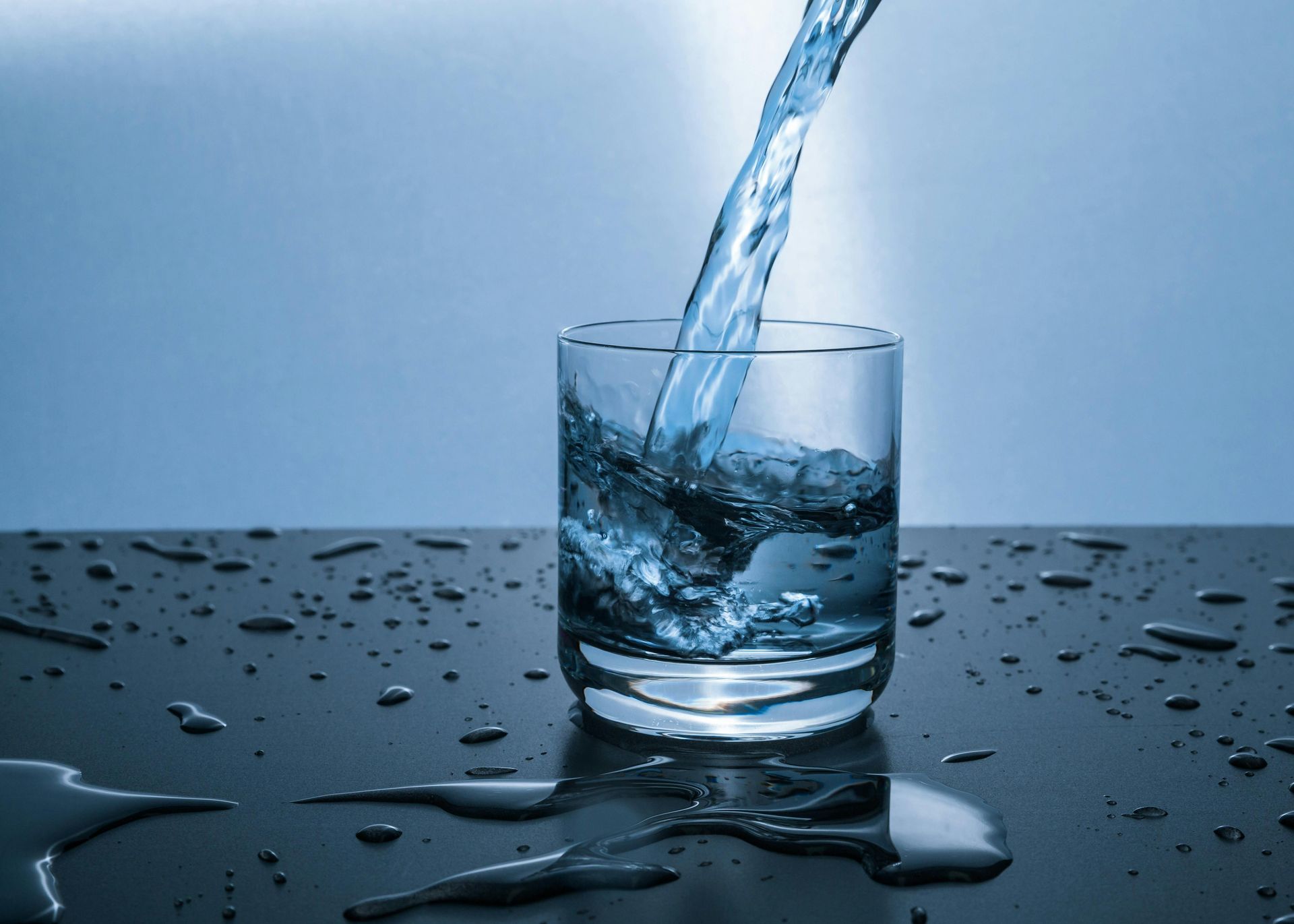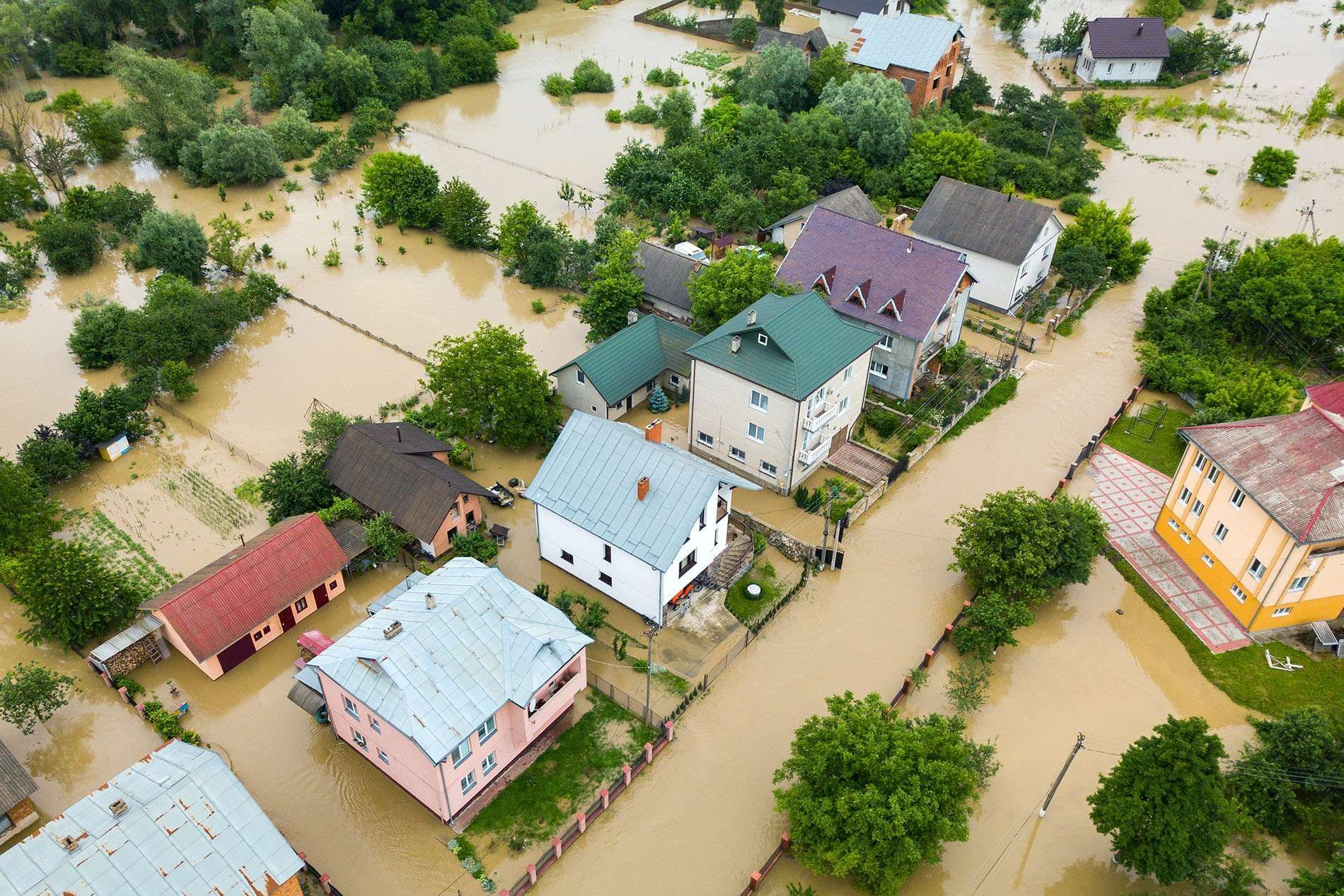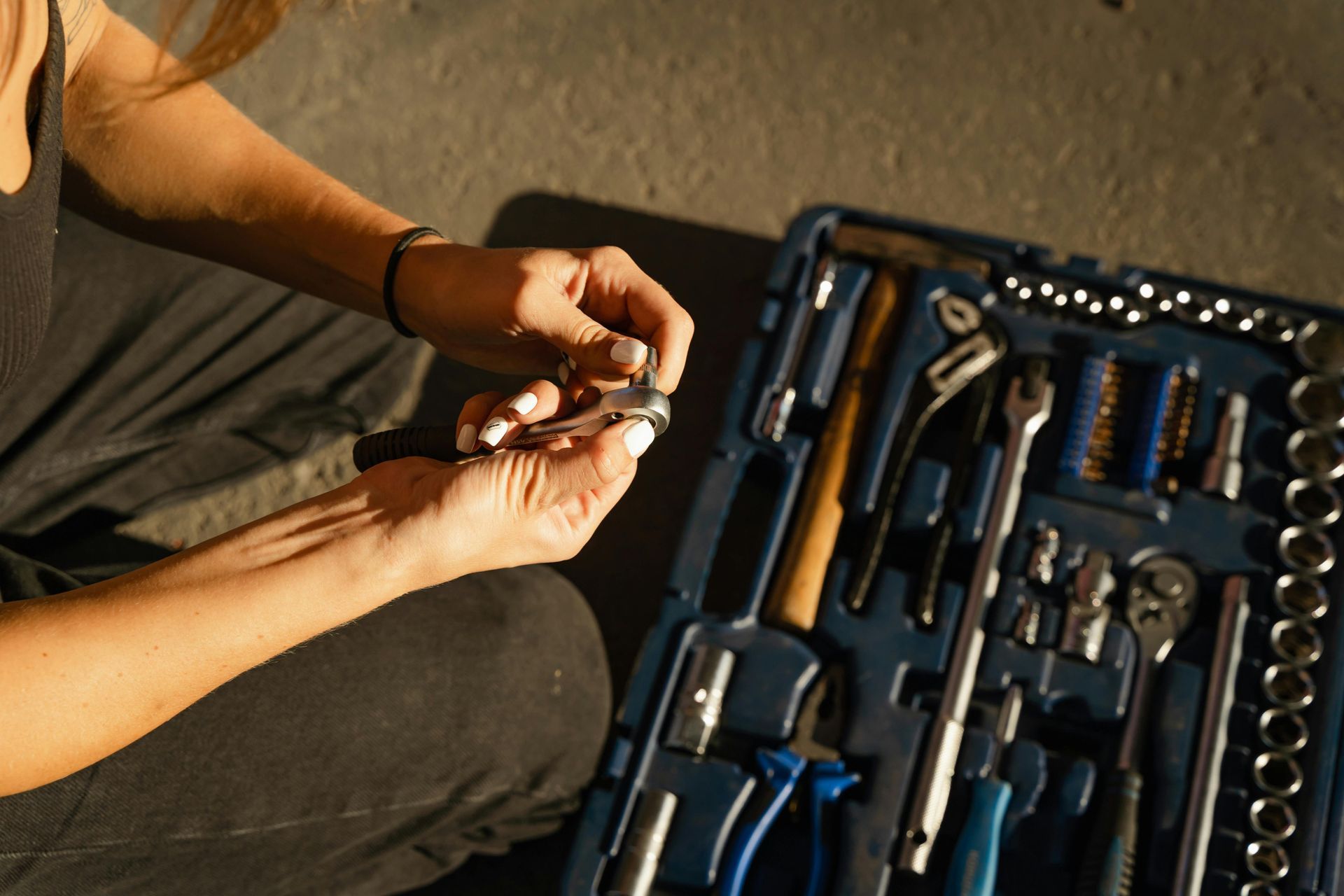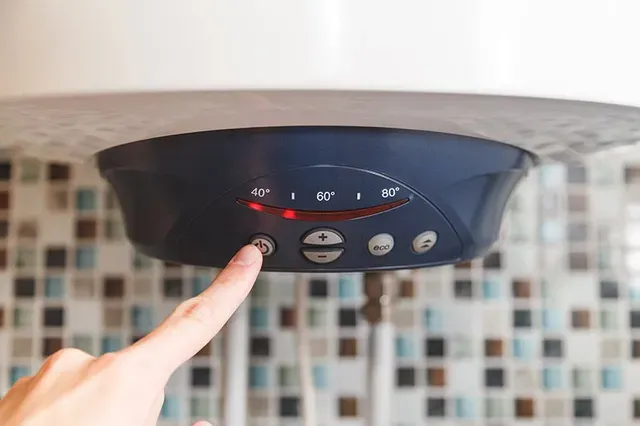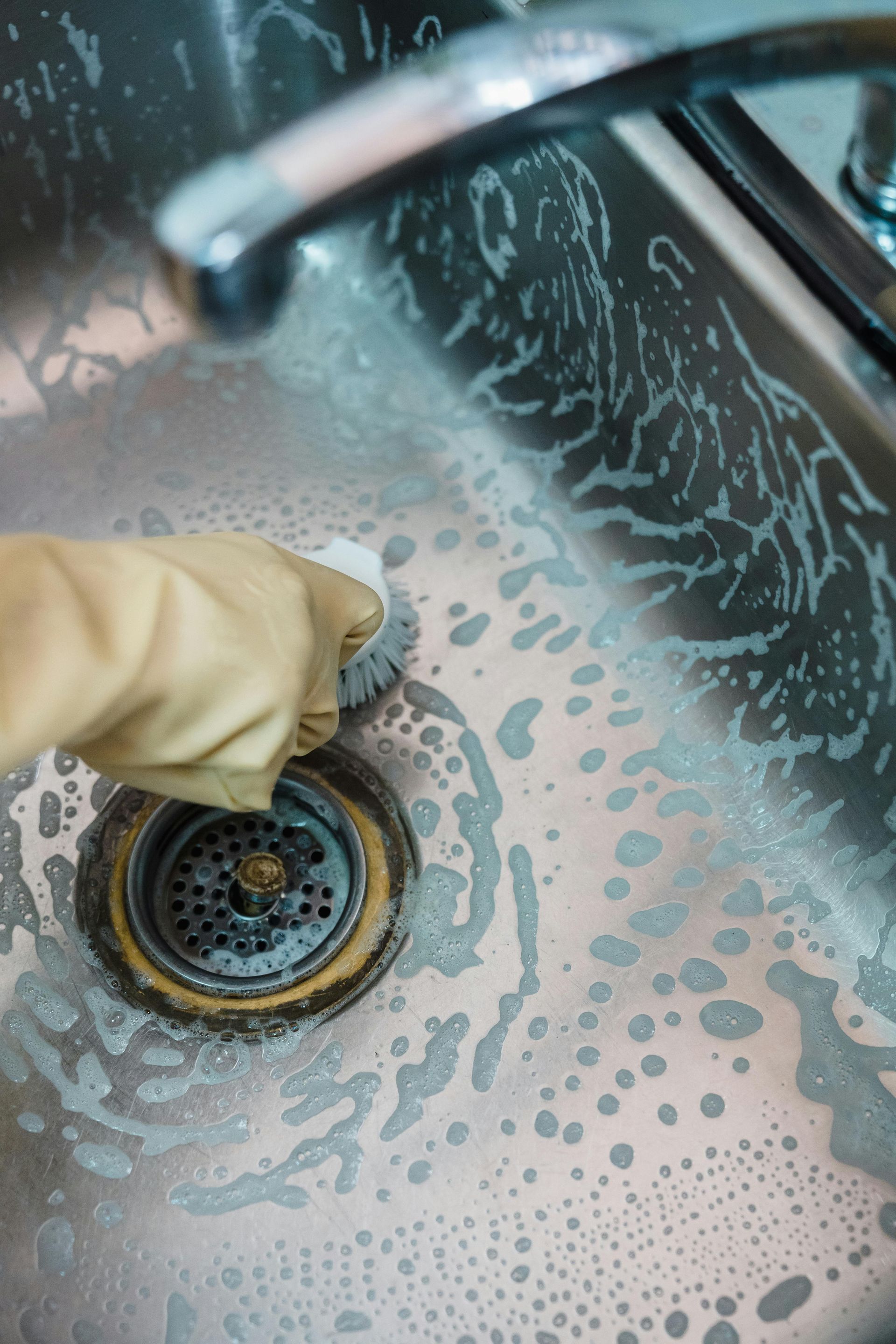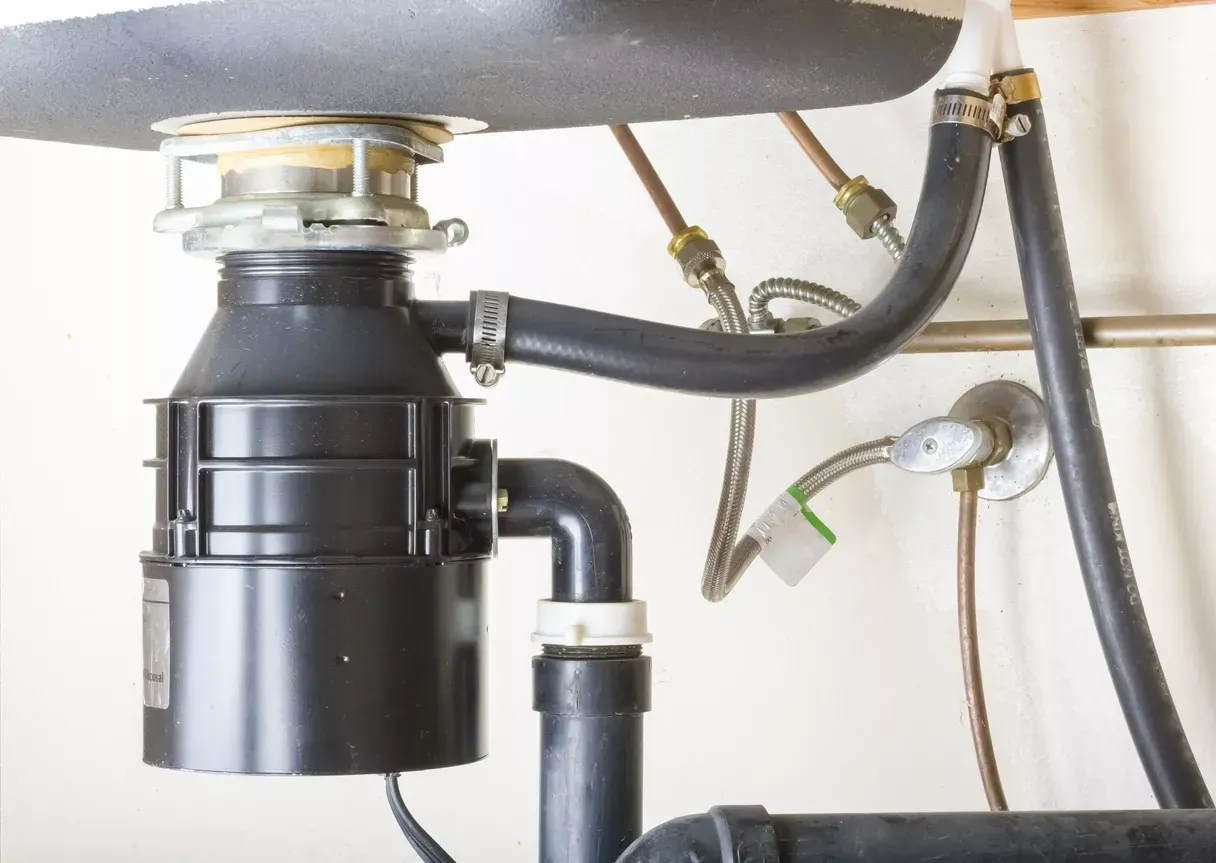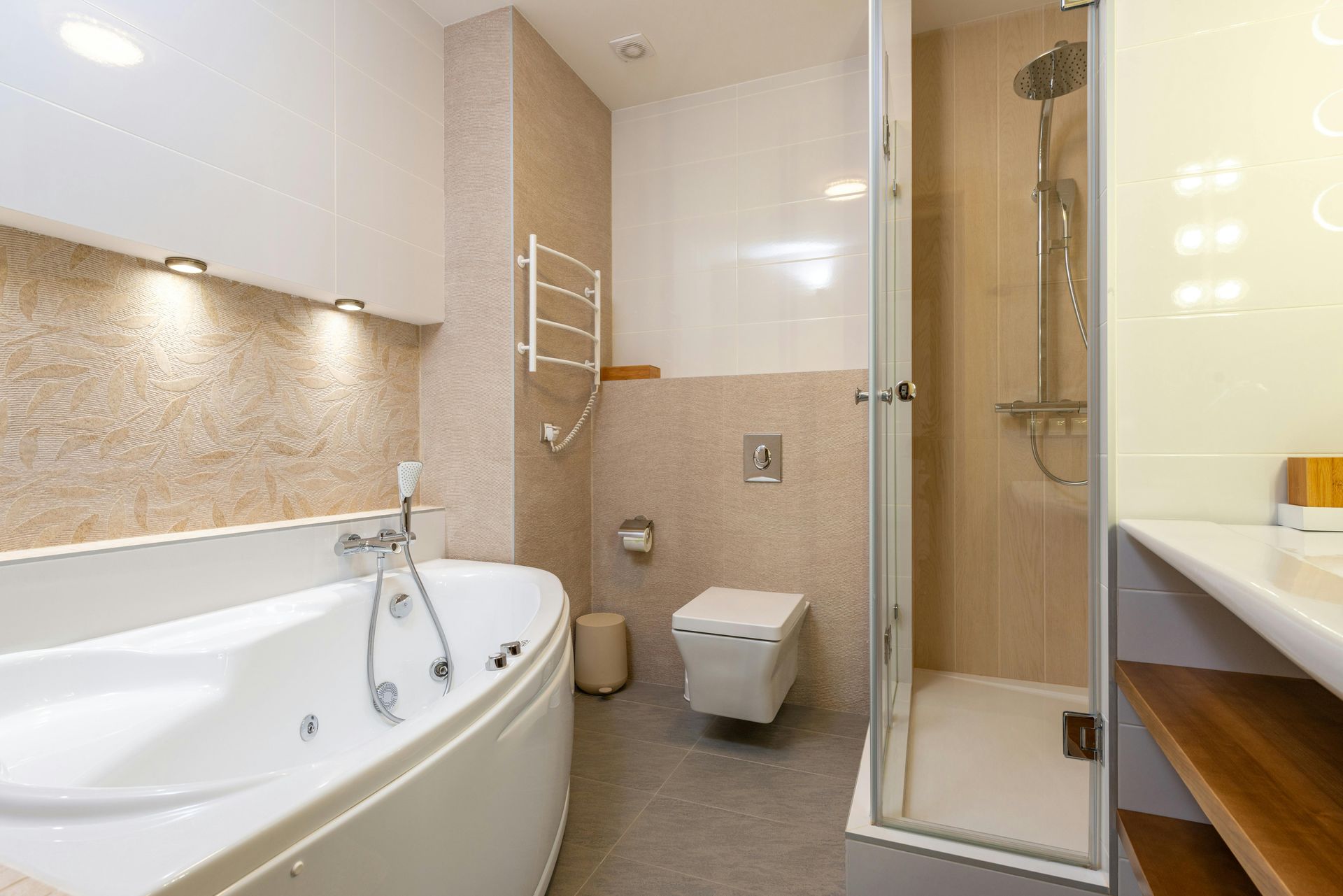Understanding Water Pressure Regulators
Hey there! Ever noticed your shower feeling like a gentle drizzle one day and a power wash the next? That’s where a water pressure regulator comes into play. Keeping your water pressure just right isn’t just about comfort—it’s about protecting your home’s plumbing and saving you money. So, let’s dive into the world of water pressure regulators and see how they can make your life easier.
What is a Water Pressure Regulator?
First things first, what exactly is a water pressure regulator? Think of it as the gatekeeper of your home’s plumbing system. This handy device is typically installed where the main water line enters your home. Its job is simple but crucial: it ensures that the water pressure coming into your home stays within a safe and manageable range. There are different types of regulators out there, including adjustable ones that let you set the pressure just right and non-adjustable ones that are preset to a specific pressure level.
How Do Water Pressure Regulators Work?
Now, let’s get a bit technical. How does a water pressure regulator do its magic? Inside the regulator, there's a diaphragm and a spring mechanism. When water enters, the diaphragm adjusts to maintain consistent pressure. If the incoming pressure is too high, the regulator reduces it to a safer level. If it’s too low, the regulator can help boost it a bit. This balancing act ensures that your home’s water pressure stays steady, no matter what’s happening in the main water line.
Benefits of Using a Water Pressure Regulator
So, why bother with a water pressure regulator? For starters, it protects your plumbing and appliances from high-pressure damage. This means fewer leaks, burst pipes, and costly repairs. Plus, a regulator helps prevent water waste, which can save you money on your water bills. And let’s not forget the comfort factor—consistent water pressure means no more unpleasant surprises when you’re in the shower or running the dishwasher.
Signs You Need a Water Pressure Regulator
Wondering if you need a water pressure regulator? Look out for these signs. High water pressure can cause noisy pipes, frequent leaks, and skyrocketing water bills. On the flip side, low water pressure can make your showers and appliances less effective. A pressure gauge can help you diagnose pressure issues—if the reading is consistently above 80 psi or below 40 psi, it’s time to consider installing a regulator.
How to Install a Water Pressure Regulator
Thinking about installing a water pressure regulator yourself? Here’s a quick guide:
- Gather Your Tools and Materials: You’ll need a wrench, Teflon tape, and the regulator itself.
- Shut Off the Main Water Supply: Safety first! Turn off the water to avoid a big mess.
- Remove a Section of the Main Water Line: Use a pipe cutter to remove a section where you’ll install the regulator.
- Install the Regulator: Wrap the threads with Teflon tape, then attach the regulator to the pipe ends. Tighten it with your wrench.
- Adjust the Pressure Settings: Use the adjustment screw to set the desired pressure. Most homes do well with 50-60 psi.
- Check for Leaks and Test the Pressure: Turn the water back on and check for leaks. Use a pressure gauge to ensure the settings are correct.
If this sounds a bit too technical, don’t hesitate to call a professional plumber. They can ensure everything’s installed correctly and safely.
Adjusting and Maintaining Your Water Pressure Regulator
Once your regulator is installed, keeping it in good shape is key. Adjusting the pressure settings is simple—just turn the adjustment screw to increase or decrease the pressure. The ideal range for most homes is between 40-60 psi. Regular maintenance involves checking for leaks, inspecting the diaphragm for wear and tear, and making sure the adjustment screw isn’t corroded. If you notice any issues, it might be time to replace the regulator.
Common Issues with Water Pressure Regulators
Even the best regulators can run into problems. Common issues include inconsistent water pressure, water hammer noises, and leaks. Inconsistent pressure can often be fixed by adjusting the settings. Water hammer, a loud banging noise in the pipes, usually indicates the need for a water hammer arrestor. If your regulator is leaking, it might need a new diaphragm or a full replacement. When in doubt, don’t hesitate to call a plumber for help.
Conclusion
There you have it—a comprehensive look at water pressure regulators. These devices play a crucial role in maintaining your home’s plumbing system, saving you money, and ensuring a consistent water supply. Regular checks and maintenance can keep your regulator working efficiently for years to come. So, don’t wait for a plumbing disaster to strike. Invest in a water pressure regulator and enjoy the peace of mind that comes with a well-regulated water system.
FAQs
What is the ideal water pressure for a home?
Great question! The ideal water pressure for a home typically ranges between 40-60 psi. This range provides enough pressure for your daily needs without putting too much strain on your plumbing system.
How often should I check my water pressure regulator?
It’s a good idea to check your water pressure regulator at least once a year. Regular inspections can help you catch any issues early and ensure your water pressure remains consistent.
Can I install a water pressure regulator myself?
Yes, you can, especially if you’re handy with tools. However, if you’re not comfortable with plumbing work, it’s best to hire a professional to ensure everything is installed correctly and safely.
What are the costs associated with installing a water pressure regulator?
The cost of installing a water pressure regulator can vary. For DIY installation, you might spend around $50-$150 for the regulator and materials. Professional installation can cost between $200-$400, depending on your location and the complexity of the job.
What happens if my water pressure is too high or too low?
If your water pressure is too high, it can cause leaks, burst pipes, and damage to appliances. Low water pressure can result in weak showers and inefficient appliances. Both scenarios can lead to higher utility bills and potential damage to your plumbing system. Regularly checking and adjusting your water pressure can prevent these issues.
